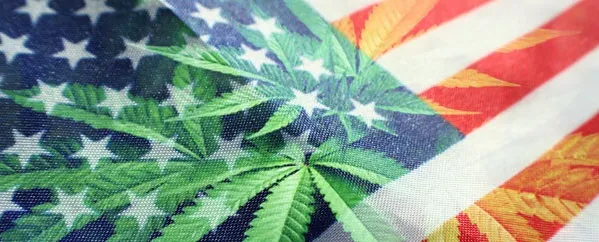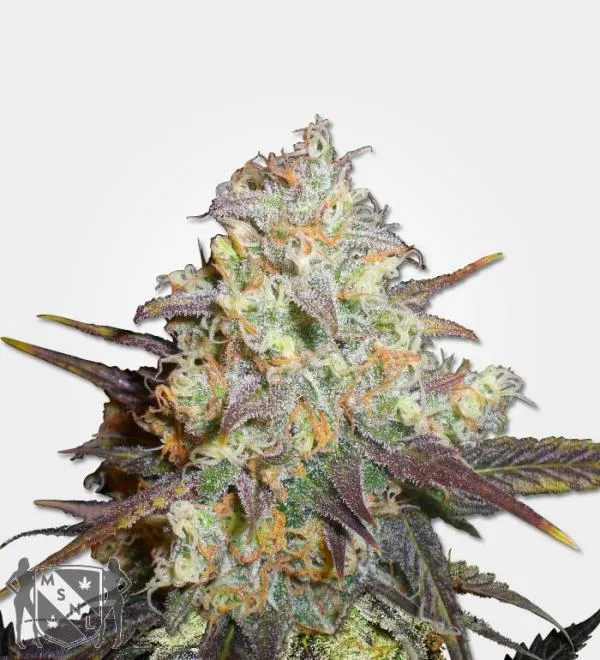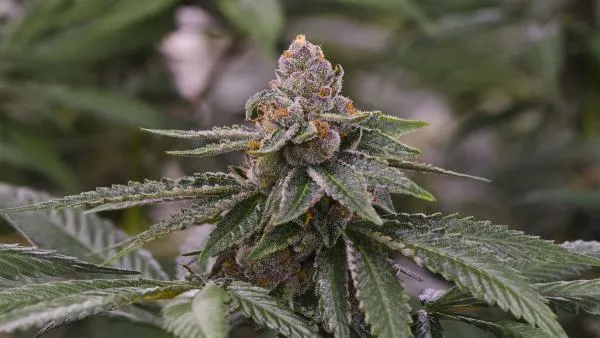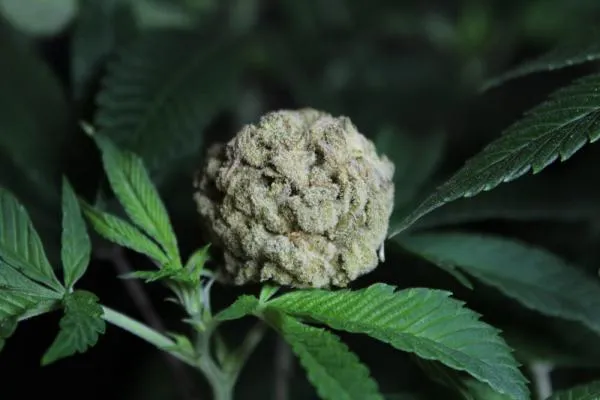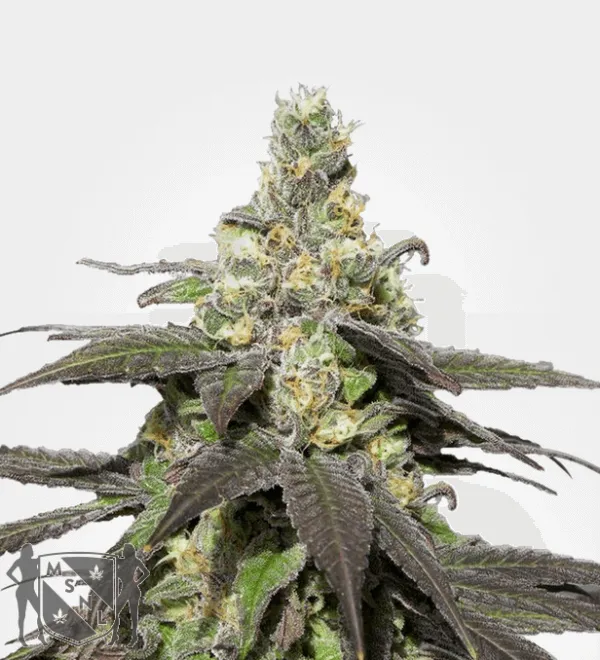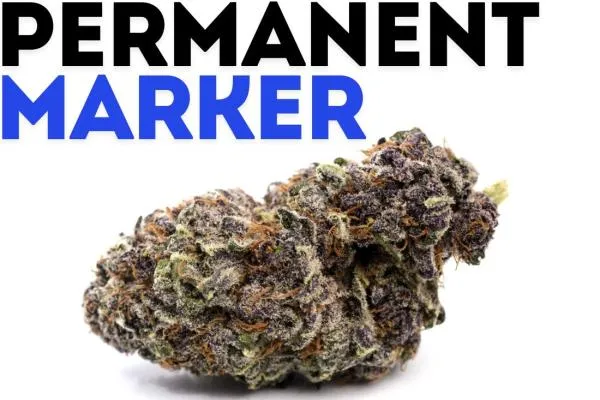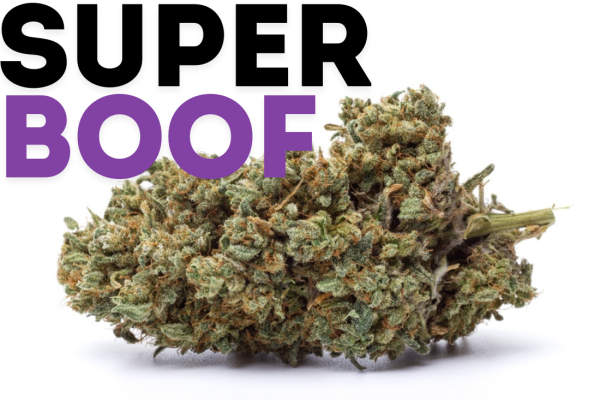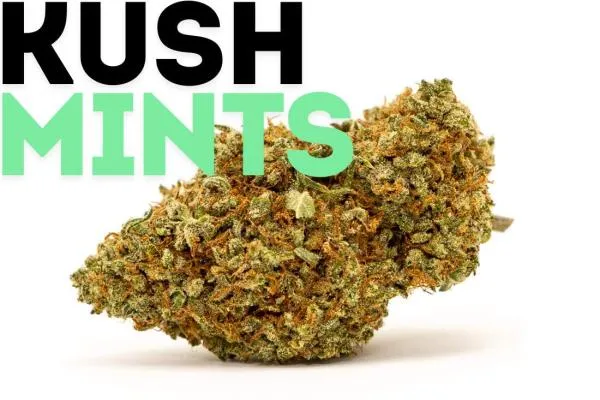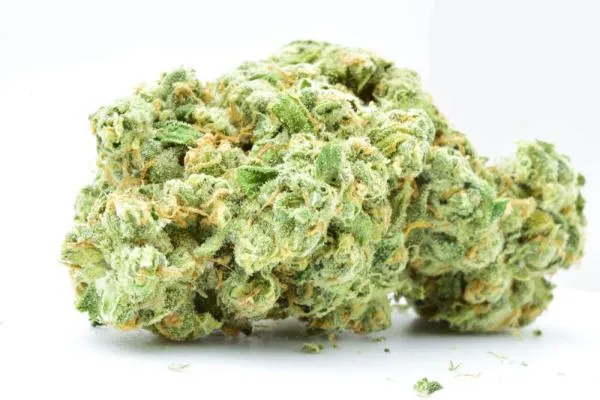- What are the most popular marijuana strains in the US and why?
- Top 3 marijuana strains by US state in 2022
- The top marijuana strains in the USA 2022
- Cannabis growing conditions in the USA
- The difference between growing sativa and indica strains
- The geography Vs. The trending cannabis strains
- Why is everyone growing or purchasing these three cannabis strains?
- Summary
In recent years, there’s been a huge increase in the number of states that have legalized the medicinal or personal use of cannabis. Of the 34 states where cannabis is legal, more than half also allow home-grown plants too. With an increasing number of people enjoying the benefits of visiting dispensaries or growing their own, new trends in favorite strains have also cropped up.
What are the most popular marijuana strains in the US and why?
Having conducted a survey throughout the US, we asked our customers what are their favorite strains?We also looked at which are the most popular cannabis seeds in the US and the trends between climate and each state’s top three strains to find out if people are utilizing the natural conditions they’ve already got access to or growing weed indoors.
Top 3 marijuana strains by US state in 2022
The top marijuana strains in the USA 2022
There were three clear winners for 2022, with all three placing in every state throughout the country. Interestingly enough, there was an indica dominant strain, a 50/50 hybrid, and a sativa dominant strain that took the gold, silver, and bronze spots in America.
- Girl Scout Cookies: A firm favorite and known well for its sweet and mild taste and fragrant buds, Girl Scout Cookies takes the top spot. A relatively new addition to the world of cannabis, this strain also offers an exceptionally high THC level. Enjoying more temperate and subtropical conditions, GSC is an indica dominant strain and grows to around 1 - 1.8 meters in height with a pretty fast-growing turnaround of 8 to 10 weeks, perfect for states with shorter summers. While some states didn’t place GSC in their top three, many had hybrids that branch out from this strain making it a firm favorite throughout.
- Gorilla Glue: Another top contender is Gorilla Glue, a 50/50 hybrid that thrives in a warmer climate. Much like GSC, it serves up a high THC content of over 25% and has the added bonus of being a pretty easy strain to cultivate. Gorilla Glue grows up to a maximum height of 1.8 - 2.2 meters with a quick turnaround of 7 to 9 weeks before it’s time to harvest. There’s a lot to love about this one and with its quick growth pattern and hardy constitution, you’d be able to grow this one outdoors in most parts of the US over summer before the weather cools down again.
- Bruce Banner: Finally, the third strain that’s making waves throughout the US is the green man himself, Bruce Banner. A sativa dominant strain, this one lives up to its ancestors' growth patterns with tall and slender stems, maxing out at around 1.5 to 2 meters in height. Bruce Banner grows best in a more temperate and arid climate, making it an obvious choice for the warmer and drier parts of the West Coast and Midwest. Like the other two top players, this strain also boasts a high THC content and is ready to be harvested between the 8 to 10-week mark.
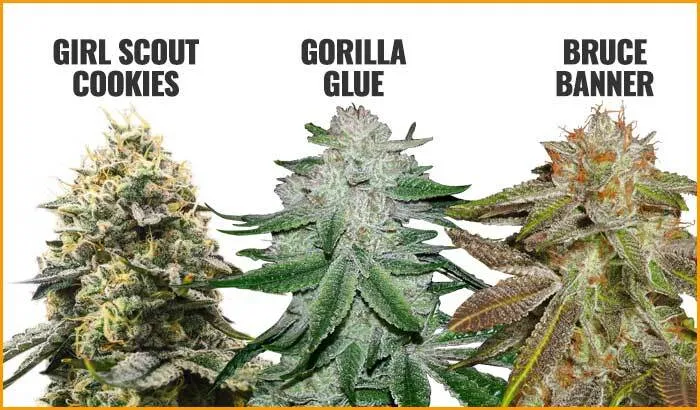
Honorable mentions of other popular US strains
While they didn’t take the top spots, there were a couple of other contenders that came close. Loved throughout much of the US, both Sour Diesel and Durban Poison ranked highly in the popularity stakes. Both of these strains are well suited to the climates and conditions you’d find in the more southern states because of their sativa lineage.
- Sour Diesel: One of the more historically popular strains, Sour Diesel has certainly done a good job at maintaining its position throughout much of the US. This sativa dominant strain loves a subtropical and warm climate and is one of the taller strains, measuring up to 1.8 - 2.2 meters. With a slightly longer growth time of 10 to 12 weeks, it’s worth the wait with its high THC content averaging out at around 22%.
- Durban Poison: A pure sativa, Durban Poison has similar growing condition requirements to Sour Diesel. It’s a hardy plant, thriving in warmer and more arid climates, and is also a tall grower, maxing out between 1.8 to 2 meters in height. On top of that, it’s a fairly fast grower and can be harvested around the 8 to 10-week mark. While it generally has a slightly lower THC level than the other top US strains, this one delivers a hefty harvest that secures it one of the top-ranking spots in the country.
Cannabis growing conditions in the USA
- The West Coast: One of the most variable climates in the US is in the North-West, experiencing long, temperate, and humid days in summer while winter brings low temperatures and short days with icy and rainy conditions. The longest days typically get around 15 hours of sunshine while the shortest is just 8 hours. This makes for a more limited period annually where growing outdoors is possible and makes the region better suited to certain strains given the cooler and more damp climate.
- The South: The more Southern states of the US spanning California through to Florida have a much warmer climate with less variation in daylight hours. Generally, it’s more hot and dry in summer while winter can be cooler at night. The daylight hours are also relatively consistent throughout summer and winter, with variation between the shortest and longest days being just a few hours. The South is typically better for more tropical and arid strains, depending on the humidity and rainfall. Factoring in night temperatures, many of the Southern states have conditions that can allow for year-round growing.
- The Midwest: Throughout the Midwest, all four seasons are experienced in full throughout the year. It’s generally a more arid environment and the temperature variations are quite broad, going from hot and dry in the summer months to cool and snowy throughout winter. The actual daylight hours vary significantly as well, meaning plants that need consistent and long days can only be grown in the warmer months.
- The East Coast: Similar to the Midwest much of the East Coast, especially in the more northern region, has short days during the winter that bring rain and snow. Day length is variable across seasons and these states often experience more wind and slightly higher humidity than the West and South. The further north you are in states like Maine and Vermont the more mild the summers are while states like Virginia can get hot and dry in summer with snow in winter. This in turn also affects when you can grow as well as the strains that will thrive most in these conditions.
The difference between growing sativa and indica strains
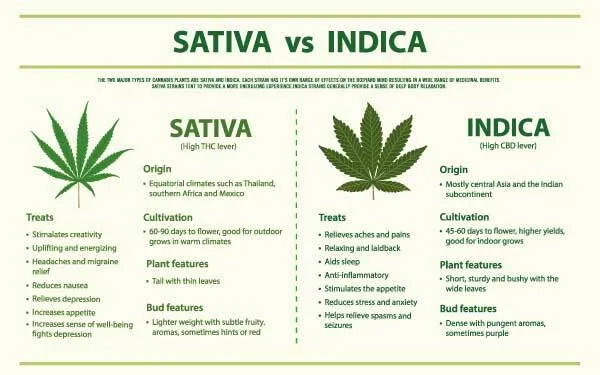
There are two main subcategories when looking at cannabis, sativa, and indica. Not only do they have different properties when harvested but they also grow differently and require different conditions to thrive. Many popular strains these days are a hybrid between the two, which can also affect how the plant grows, its size, and when you can actually cultivate them.
Sativa strains originated in Central Asia, but have also been found in South America and South-East Asia. They require more tropical to subtropical conditions like warmer weather, more humidity, and fairly consistent daylight hours. Sativas need high and consistent light intensity and the ancestors to these strains would grow year round given the relatively constant weather and sunlight they got. When they’re growing in optimal conditions, these plants will be tall and thin, an adaptation they gained through competing with other plants in densely vegetated areas.
The ancestors of modern-day indica strains were originally from North Asia which as a region has more variable daylight hours year-round as well as cooler and dryer temperatures. This is the plant's adaptation to make the most of the sunnier and warmer times of the year before dying off over the cooler months. These plants also span out more, making for a more compact and bushy composition to expose their leaves to as much sunshine as possible. Indicas typically grow quickly, particularly in contrast to sativa strains, and as such indicas have maximum growth periods where they develop rapidly while sativas are a little slower to develop and flower.
The geography Vs. The trending cannabis strains
Given the different conditions the US has to offer, we’d expect there to be a pattern between regions and their strains of choice. Every year, there are hundreds of new strains created in the US. Despite this throughout the entirety of the US, just 15 strains were making the top of people’s lists. Of those 15, at least one of the top three were in the top spots in every single state.
We anticipated that the more arid, cooler areas with variable day lengths like the Pacific North-West and Midwest to grow more indicas while the warmer, more humid areas with hotter summers like the South and certain states on the East Coast to favor sativas. A few states followed our anticipated trend, with Arkansas, Arizona, and New Mexico all favoring sativas that thrive in their warmer and drier climates.
However, following our survey, overall we found that at least one of the top three strains mentioned was a favorite in every state throughout the US. It threw our theory entirely given the top three were all unique in their growing requirements. Despite the variable conditions each region has to offer, there was an even spread between sativas, indicas, and hybrids throughout.
Why is everyone growing or purchasing these three cannabis strains?
The one thing all of these strains had in common was their unusually high THC levels and large crops, indicating that ultimately the biggest consideration for cannabis users was strength and volume. Demand for the most potent buds possible is likely driving these trends and where dispensaries are concerned, they’re always going to do their best to meet their market.
For at-home growers, while it’s legal and entirely possible to grow outside, many are moving their plants indoors. Regardless of whether you’ve got bright sunshine or snow outside your front door, there’s been a big uptick in inside growing. Growing indoors is beneficial for many. You can control your conditions far more precisely, from the amount of light your plants get to how much fertilizer you feed them. You can choose between hydroponics or growing in soil. It also removes the risk of losing a crop to excessive heat, extreme cold, or pests that suck the life out of your crop.
Summary
Ultimately, choice of strain and personal preference has overtaken the necessity of working within the local weather conditions. The resources and equipment that growers need is far more readily available, allowing people to experiment with growing indoors and harvesting when the time is exactly right for the best crop, with the highest strength and that just-right sativa/indica blend that people are looking for.
